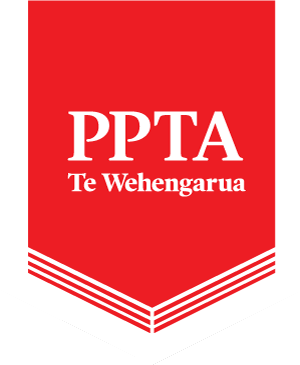Are we doing enough to make our schools safe?
Instances of student violence, bullying and harassment appear to have become all too frequent in our media of late – but do such stories stand out because they buck the general trend for our schools and communities, or are they just the tip of the iceberg?

Violence in our communities
Unfortunately, it may be more of the latter than we should be comfortable with. Many New Zealand schools and communities deal with violence in its many forms on a regular basis. For some it may be a daily challenge. Without blaming these schools and communities what we must confront as a nation is that physical assaults, intimidation, bullying and bashings posted to social media happen – and not all of them make it into the National Media.
Prioritising safe environments
We also need to confront that access to support for teachers and schools is variable and in some cases may be missing. Of course, some schools and communities do a great job of making sure their young people (and their staff) are safe. Auckland Principal Mike Williams rightly points out that, “schools have quite comprehensive health education programmes, and they're required to consult with the community over them every two years.". However, the grim reality is that teachers are often not trained to deal with many of the problem behaviours they face, nor is there sufficient professional learning for them to become so. Where this is not the case it is because the school has made it a priority.
Nevertheless, while schools and communities should play a central part in focusing their practices on what their particular needs are, the government needs to step up and play their role too. The expectation that schools should ‘solve’ these issues themselves is flawed when it means the Ministry does not provide direction and funding to ensure teacher and student wellbeing to deal with such complex issues.
Secondary school programmes limited by lack of government support
While the recent announcement of a ‘social investment’ in behavioural support for years 0-8 is welcome, for secondary schools the Ministry is not doing enough. In fact, at the same time that issues of violence and worrying attitudes and behaviours are laid bare, evidence based programmes such as PB4L appear to be being underfunded while a shift to user pays initiatives such as the Finnish anti bullying programme KIVA are being held up as alternatives – for those schools who can afford them. (That’s not to say such programmes aren’t valid, merely that a market approach to dealing with bullying, tolerance, consent or safety may create unintended consequences such as entrenching inequity of provision).
In this vein, recent media stories that less than 50% of secondary schools have taken up ACC’s Mates and Dates initiative should not be seen as evidence that schools are abrogating their responsibilities. Rather, the relative merits of programmes like Mates and Dates, PB4L or KIVA should ultimately be decided by the school and wider community in order to meet their needs. But there is a bigger picture here – not all schools have the capacity to, either due to inadequacy of funding or lack of clear guidance and support. This is where the government and Ministry need to be more proactive by being flexible enough to fund the approaches that schools need rather than leaving schools to squeeze what they can out of their already tight budgets.
Complexity of issue is no excuse for incoherent approach
Of course, teachers and school leaders know that these issues can be incredibly complex. Bullying, mental health issues, cyber safety and discussions around consent and wellbeing are often all in the mix when considering how we make our schools safe places and many of these topics are hotly contested by different stakeholders.
Sadly, a hotch potch of initiatives by the Ministry and often intractable opposition to funding ongoing professional learning for teachers only creates additional barriers to those schools who need the most help.
Student wellbeing - the most important investment a government can make
Perhaps the recent PISA Wellbeing Survey results should serve as a warning bell for the current government, showing that bullying and student anxiety are through the roof in our schools. Sadly, the bells don’t appear to be being heard in government , who won’t even conscience moving the maximum number of Guidance Counsellors in schools above 2 in the Staffing Formula irrespective of school size. With secondary students and teachers succumbing to the adverse effects of overassessment, stress, anxiety and lack of access to supports, for the government to continue with a hands off approach is simply not good enough.
Schools need more specialists, resourcing to provide pastoral care and wellbeing programmes, more professional learning opportunities for teachers and a roadmap for teacher and student wellbeing. It could be the most important ‘social investment’ for our secondary schools the government could make.
Last modified on Wednesday, 17 May 2023 09:11
